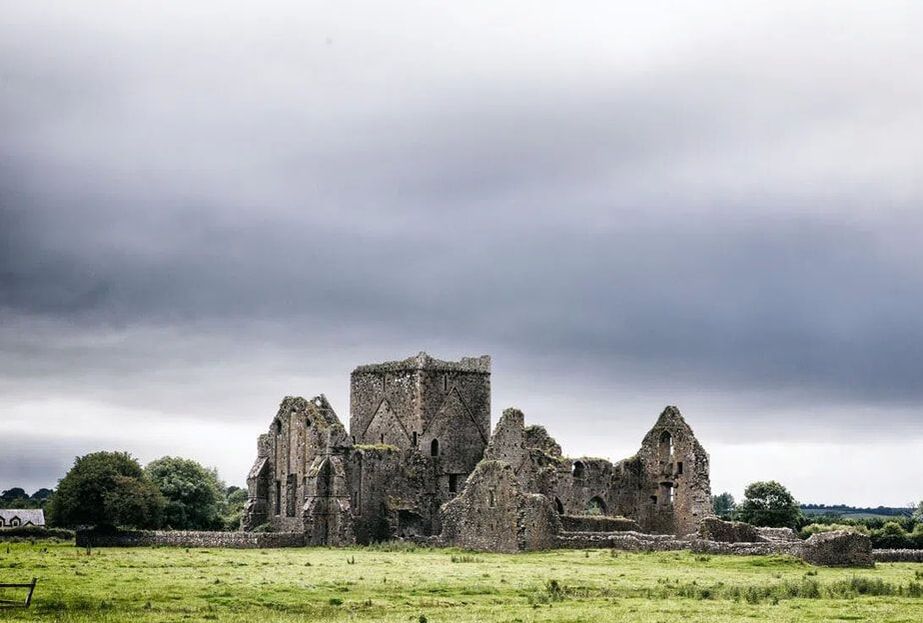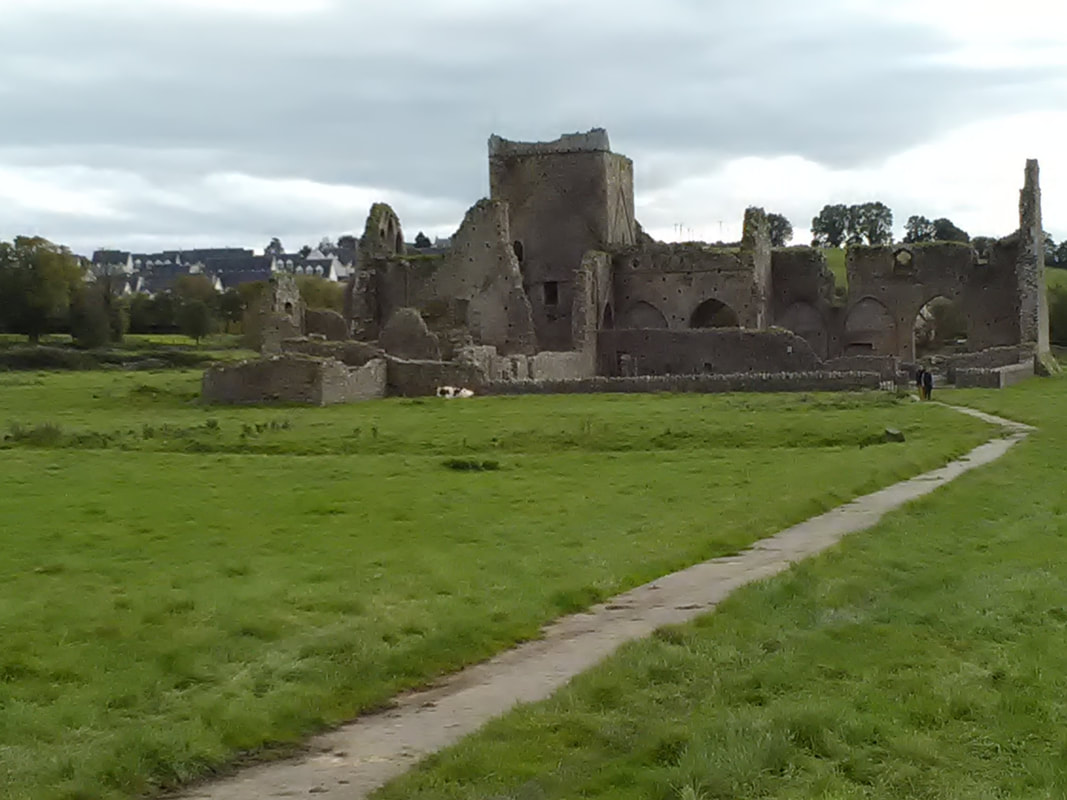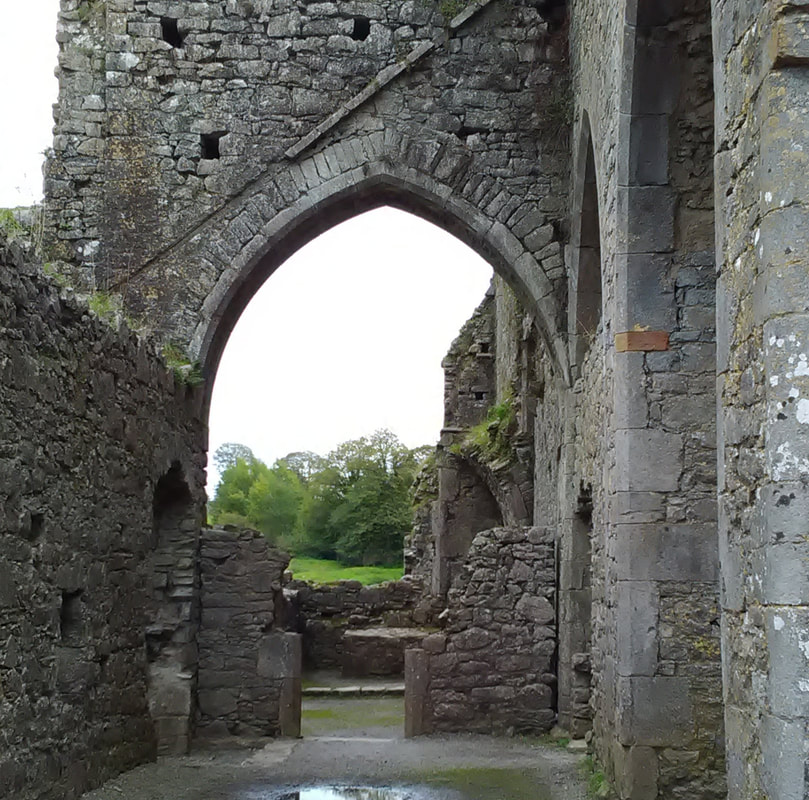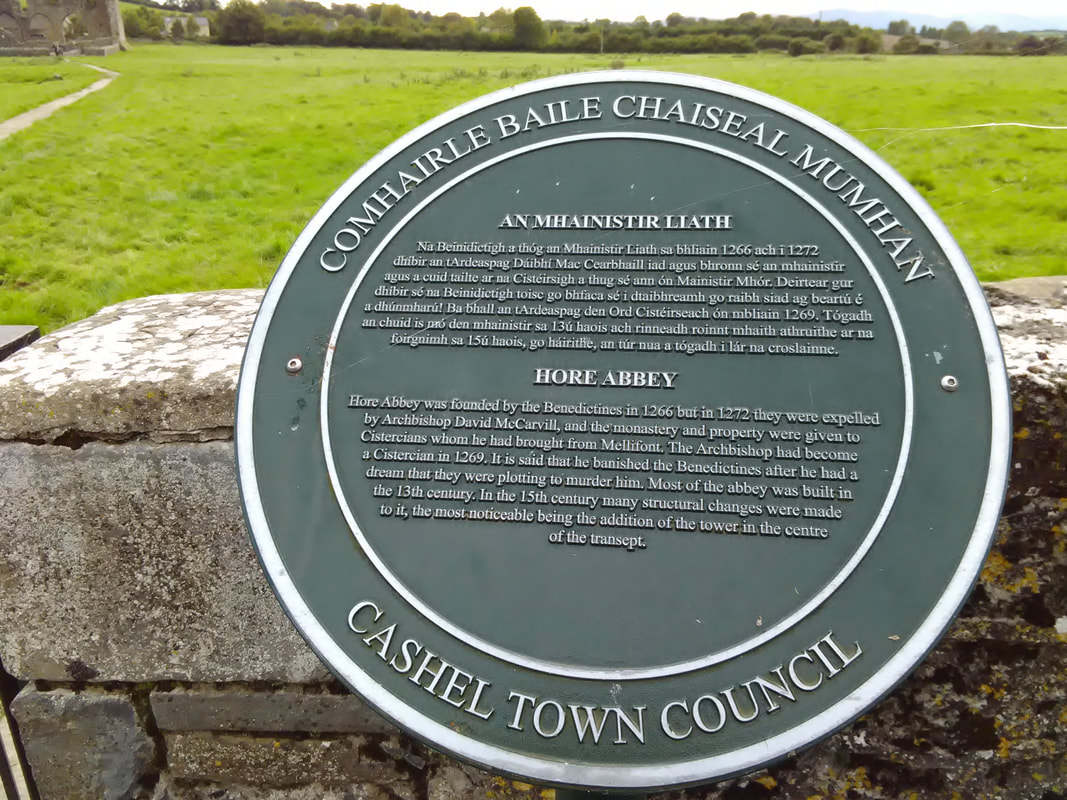|
The Republic of Ireland is dear to me. It is the country from which my father-in-law came from. And a place I have tried hard to visit but have not been too successful. I can say I’ve been there, because in 2013 I spent about 36 in Dublin. We had made plans to spend a couple of weeks, but that was before I had surgery for throat cancer. When my radiologist found out we cancelled our long-planned trip for treatment, he encouraged us to “Go. Eat, drink, get big and fat because you’re going to lose a lot of weight with radiation.” Then he added, “Plus, you might die. And you want to see Ireland before you die, right?” Since we couldn’t get our money back on the plane tickets, we packed up the kids and headed to Dublin on route to meet my family in Edinburgh. We were there long enough to see the more famous sites. And to enjoy a few pints at the Guinness factory. Certainly not the real mystery and majesty of the moody isle. Seven years later, we booked another trip to visit, this time including a few days in Northern Ireland. If you were paying attention and did the math correctly, you might know why those plans were nixed. Needless to say, I will forever hate the year 2020.  In between those two attempts, my dear friend Dawn made extended trips to Ireland with her husband John. It was she who suggested Hore Abbey for us to learn about today. “I first discovered Hore Abbey on March 15, 2006, while standing on the grounds of the Rock of Cashel, on the first trip John and I took to Ireland together.” Standing alone in field tucked away in County Tipperary is an ancient Cistercian monastery, whose name makes anyone giggle. In my research I learned that the name in Gaelic actually means “yew tree” and not what it sounds like in English. Founded in 1266, fragments of this gothic style church still draw people to its gloomy beauty. The ancient limestone stone walls are still in very good shape, considering its age. Through its cracks the local flora and fauna creep around the building, giving it a wonderfully ominous and haunted charm. In her blog, Dawn had this to say, “What is here, however, is most imposing and quite breathtaking. One simply wonders... what must it have been like when it was in heyday and there were flags flying, geese honking, children running about and the faithful about their prayers. It must have been, among other things, VERY loud! We can only imagine. What makes this cruciform (cross-shaped) building unique is that its square cloister and living quarters were positioned at the north of the building (a rarity for its time). Folklore suggests this change was made because its view of the nearby Rock of Cashel. Sometime in the 15th century, a bell tower that also served as a fortification for the Abbey, was constructed at the crossing of the church. I imagine if I were to go there, I’d see what so many luckier travelers have already discovered. According to Askaboutireland.ie that would be, “an excellent illustration of the gracefulness of Gothic architecture.” Here are a few things I learned while visiting that website and not Ireland. Hore Abbey was “the last Cistercian Abbey to be founded in Ireland in medieval times.” Although it was originally built by the Benedictines, they were evicted by Archbishop David McCarvill, “who, in a fit of paranoia, imagined that the Benedictine monks had hatched a plot against him.” This also adds the supposed ghost stories about the place being haunted. As I know firsthand, the Irish love a good story. And this one probably is more folklore than anything else. As numerous sources seem to agree, McCarvill was not a well-liked man. Apparently he “endowed the Abbey generously with land, mills and other benefices previously belonging to the town.” In its hay day, it “laid claim to about 400 acres and, charmingly, ‘a measure of ale out of every brewing’ in the town.” According to Wikipedia, McCarvill had little regard for others in the town. “His disfavor of the established orders in Cashel certainly caused local resentment.” As a Scotsman, I suspect most of that resentment coming from the thirty-eight local brewers who were taxed “two flagons out of every brewing.” Hopefully McCarvill shared some of that brewed bounty with the monks. As the story goes, this number of flagons was chosen to represent the two monks who were murdered while visiting the town.
Special thanks to my dear friend Dawn Carlson who was quick to suggest this amazing place for me to learn about.
Work Cited Askaboutireland.ie source - Finn, "Royal and Saintly Cashel"; Dúchas, "The Rock of Cashel" Wikipedia, Hore Abby.
1 Comment
Dawn Curlee Carlson
11/8/2021 10:48:47 am
Lovely... and makes me long for another day there.
Reply
Leave a Reply. |
Ian MacdonaldAn ex-copywriter turned punk rock pastor and peacemaker who dedicates his life to making the world a better place for all humanity. "that they all might be one" ~John 17:21“Prius vita quam doctrina.”
~ St. Thomas Aquinas (1225–1274) * “Life is more important than doctrine.”
Archives
June 2024
|


